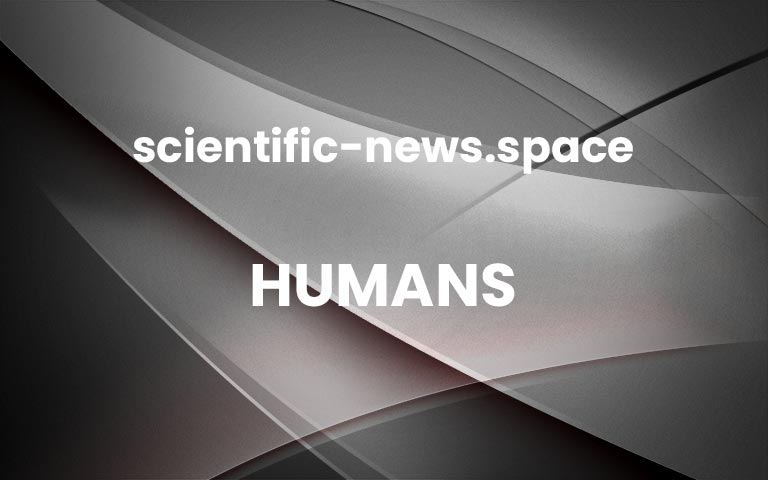Hope Frozen review: The hard ethics of cryogenically freezing a child
Netflix’s Hope Frozen documentary follows a family in Thailand that cryogenically freezes their 2-year-old daughter’s brain after she dies, creating a controversy-fuelled media storm
Humans 23 September 2020
By Simon Ings
Einz’s mother remembering her 2-year-old daughter
Netfilx
Hope Frozen: A quest to live twice
Pailin Wedel
Netflix
THE world – including this magazine – hasn’t shied away from expressing opinions about the Alcor Life Extension Foundation, the US non-profit founded by Fred and Linda Chamberlain in 1972 to freeze corpses and body parts in the hope of one day resurrecting the dead.
Most observers are content with interrogating Alcor’s bizarre mission by asking if technologies for resurrection will ever be viable. This, of course, is a non-question: who knows what is around the corner? The successful freezing and thawing of a … More


